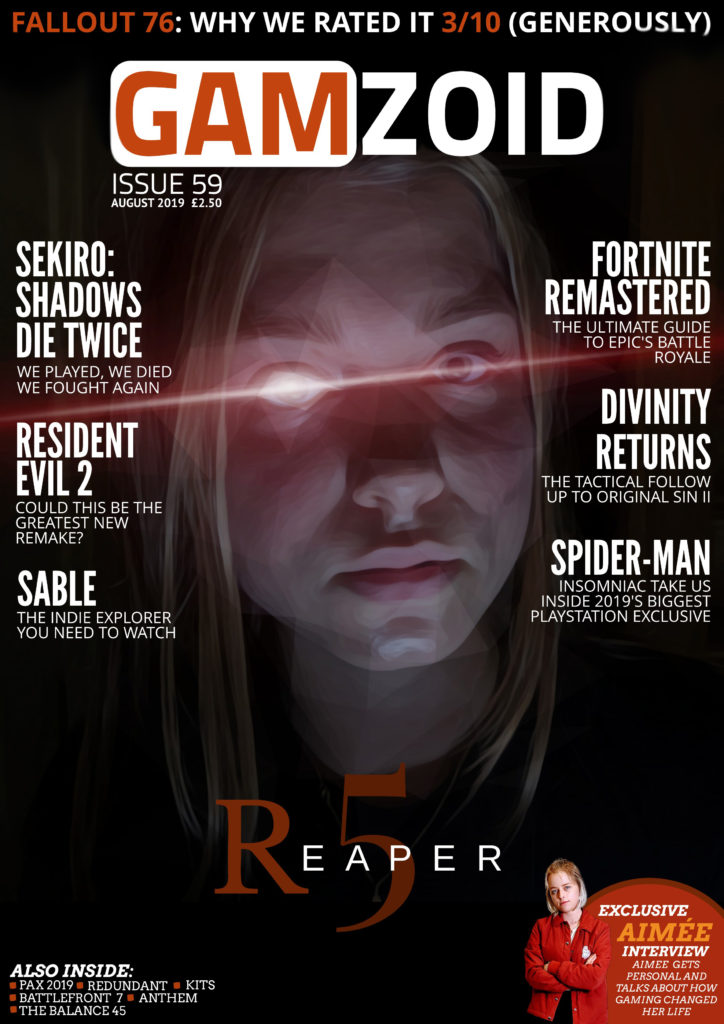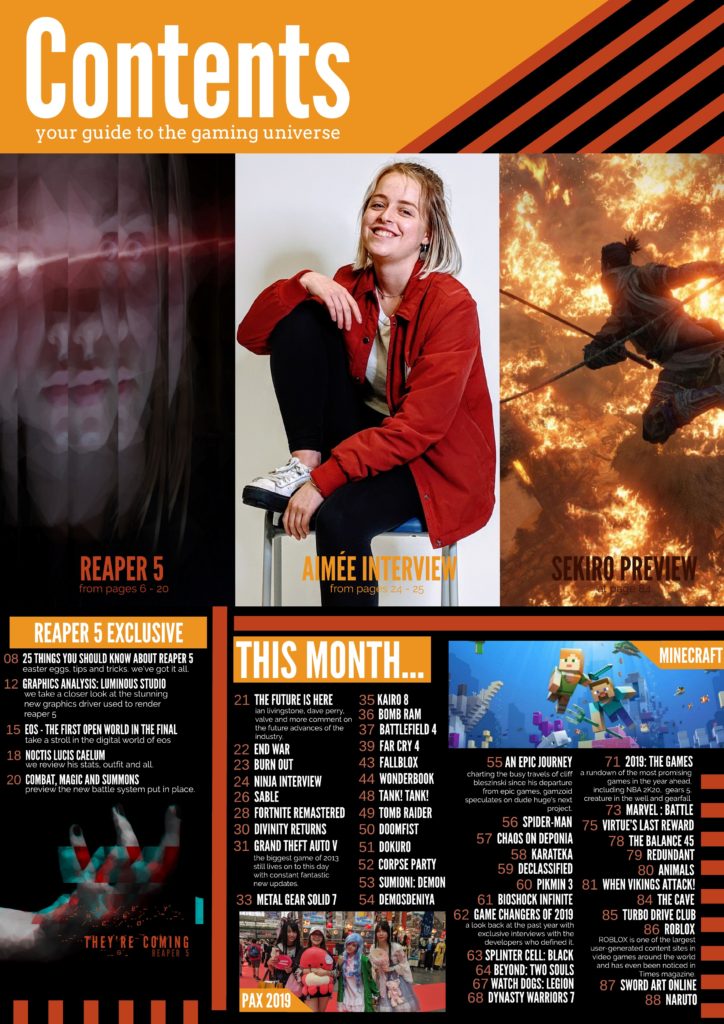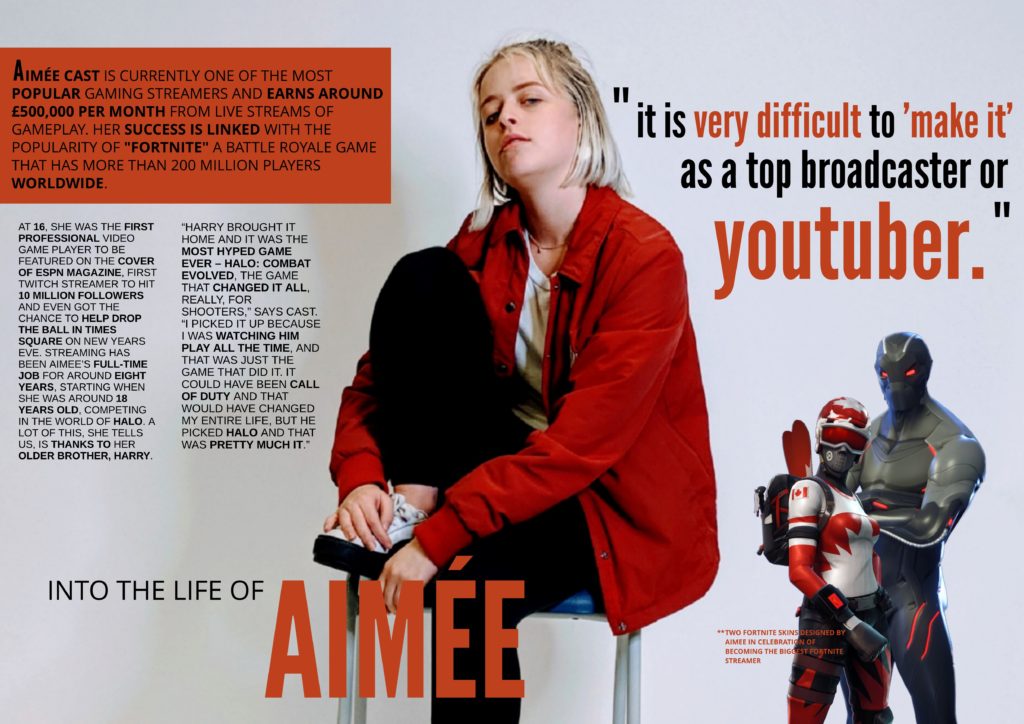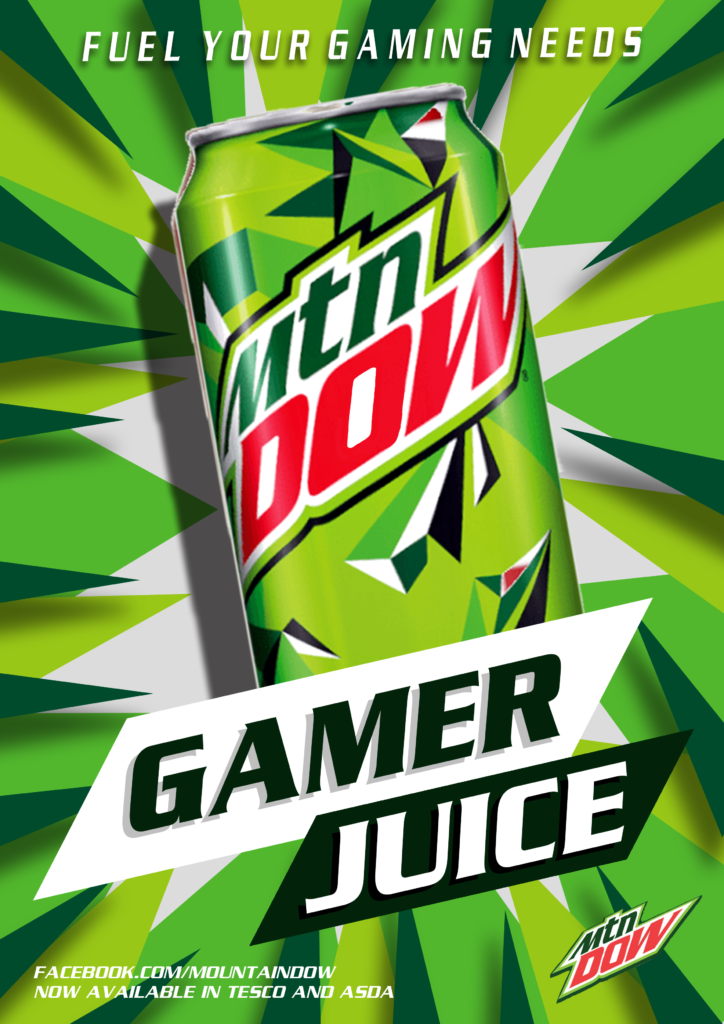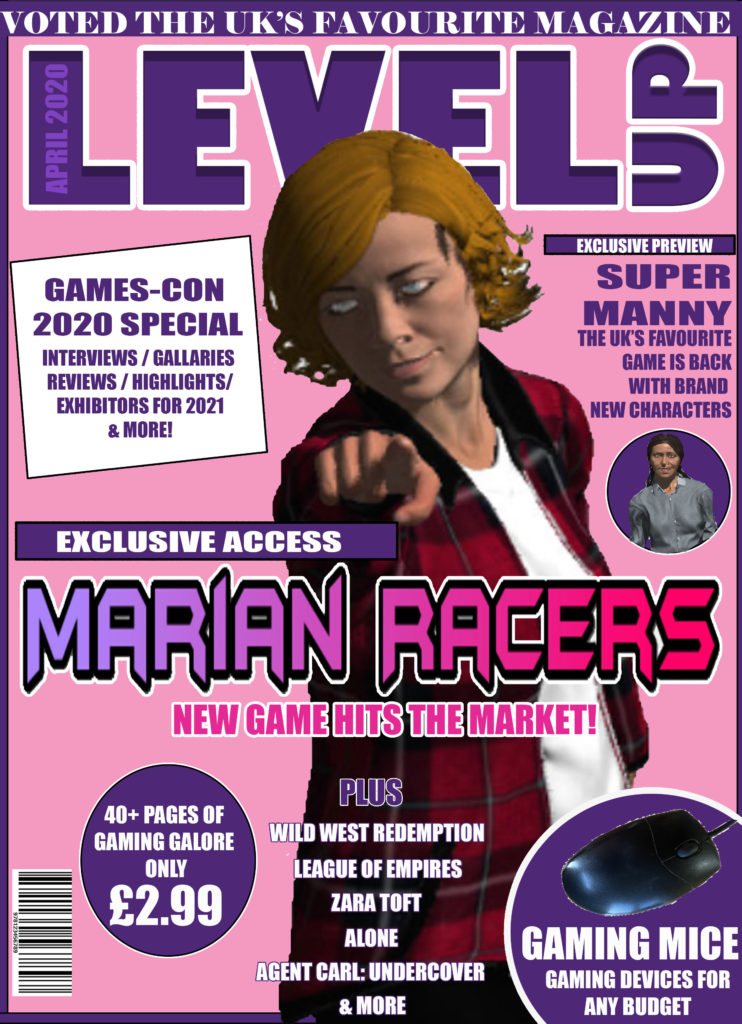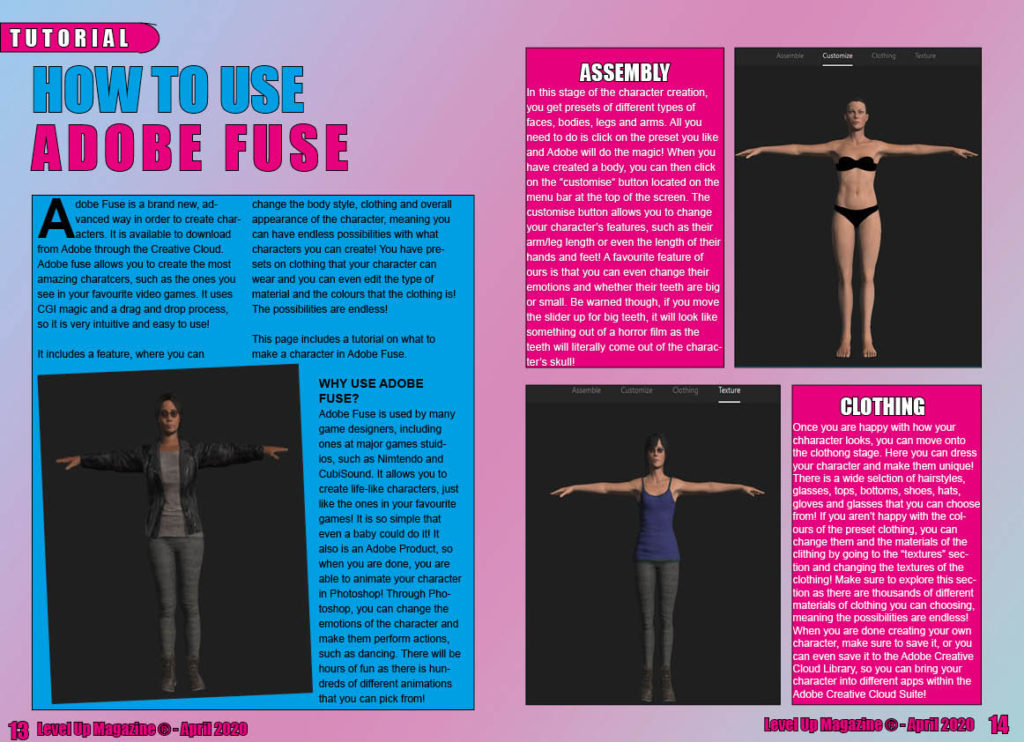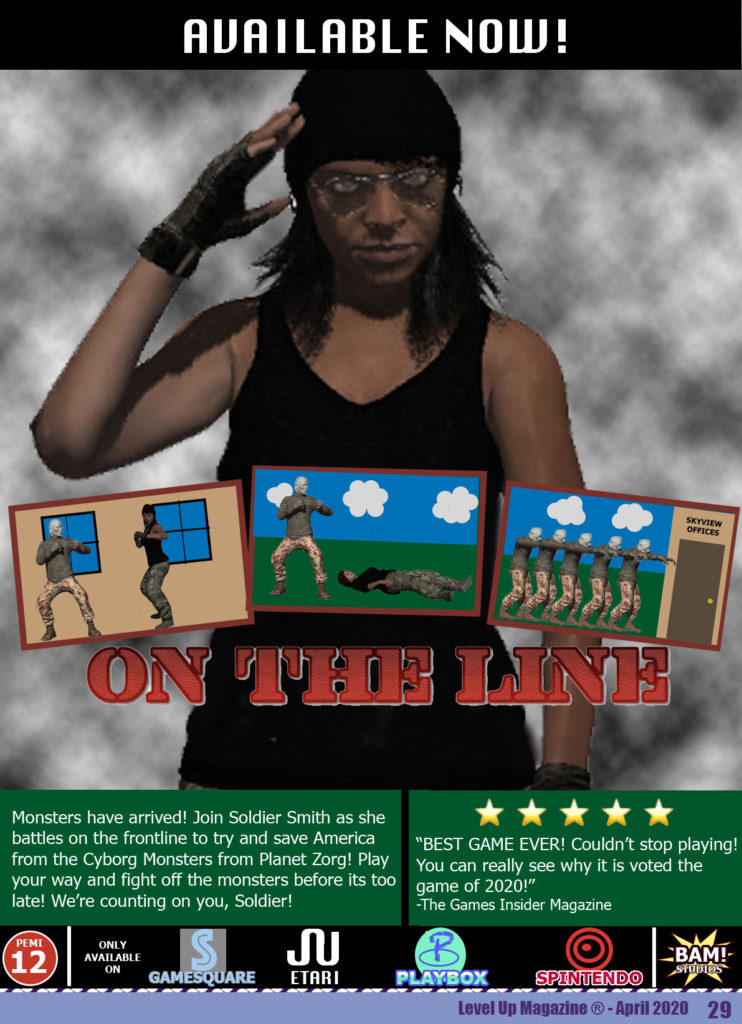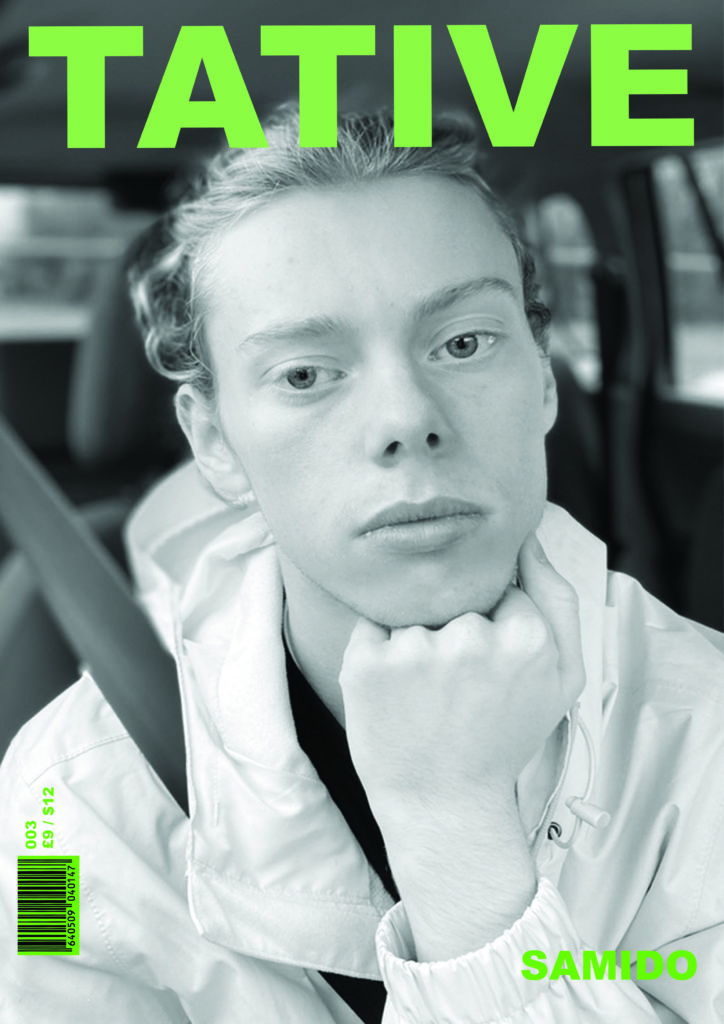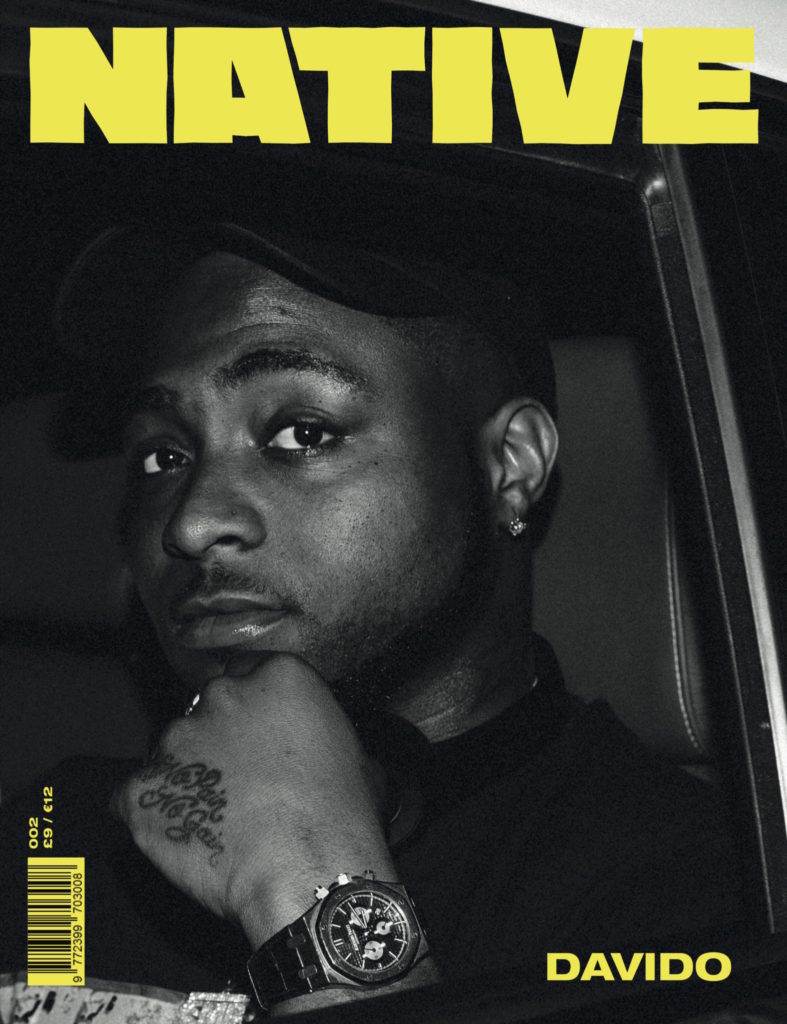
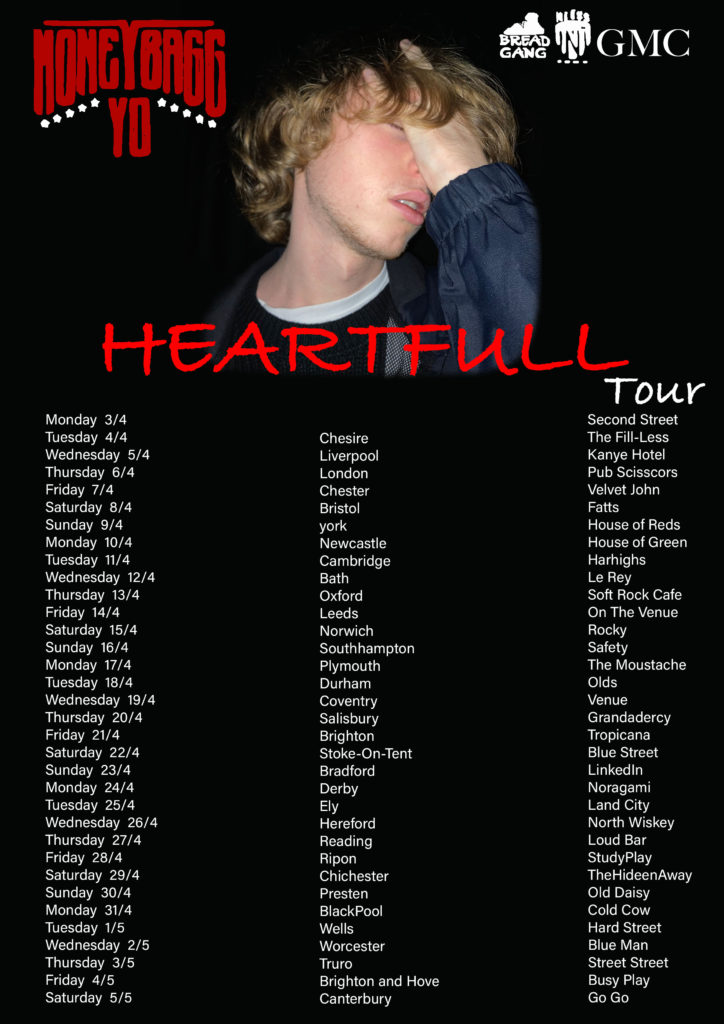


I will be focusing on my NEA 4 production. I will create a music video to promote an artist. I will be filming in at least 2 locations, with one character. My genre of music will be orchestral alternative Hiphop. I have collected my non copyright music from Youtube.
In preparation for my music video, I collected ideas by looking at music videos. the main music videos i have taken inspiration from Harry Styles, BTS, and Christina Perri.
My idea will portray scenes where the protagonist is looking sad and disconsolate. I will have scenes using natural lighting, studio lighting and under water sequences. Furthermore, i will introduce most of my scenes in slo-motion, as i fell it gives a more ambient and dramatic effect.
I will use Lasswells Theory of the Hypodermic model to ensure the music videos message is directly received and accepted the receiver. My audience would be more for young individuals who enjoy alternative hip hop music.
I intend to create a 4 page music magazine of the artist where it will focus on the secrets and struggles of being an artist. For my front cover magazine, I plan to portray style similar to Billboard magazines. I will have one large image covering the whole page, with the title centered at the top and minimal complimentary writing around the photograph. I will be using the theory of preferred reading. I will make a media product (magazine) where i put ideas in the texts which i will expect my audience to understand. Stuart Hall calls this a preferred reading, as this is what the producers of the text wanted them to understand. However, each audience is different, so they might understand the text completely different to what was intended.
I will be using the theory of uses and gratification, that was developed by Katz, Gurevitch and Haas (1973). The audience will watch this as escapism from the real world, and also a way of understanding the world in what we live in. As the artist portrays her feelings through the narrative theory, this allows the audience to understand the way artists really fell behind all the media. This also links with the cultivation theory, as the story behind the music video is all about how the media can change the way people feel, as being a well known artist can be overwhelming and difficult, making their identity fragmented.

Textual Poachers: Television Fans and Participatory Culture
– An article written by Jenkins in 1992
– In the article, he explored the stereotypes held of the Star Wars fans
– The stereotype saw these Star Wars fans as desexualised social misfits who cultivate worthless knowledge, are emotionally immature and find it difficult to distinguish real life from a TV show.
Fans and Fandoms
– Fans are usually stereotyped as being unmentally balanced within media and in fiction, they are presented as being psychopathic.
– Within the media, fans are represented as an “other” because of their “cultural preferences and interpretative practices…must be held at a distance so that the fannish taste does not pollute sanctioned culture”
– In reference to Bourdieu, Jenkins identified that fan culture is seen as distasteful because it values pop cultural artifacts over more traditional signifiers within the culture capital
– Many beliefs about fan culture is that they are symptomatic around our anxiety of the issues that “violate dominant cultural hierarchies”
– Fan cultures challenges cultural hierarchies because they possess cultural capital and they come from middle class educated backgrounds
– Dr Who is an example of a Tv programme that has an active fan community that goes back many decades.
Participatory Cultures
– In the book, Participatory Culture in a Networked Era (2016), Jenkins worked with Boyd and Ito to explore the key ideas that are active within participatory culture.
– Jenkins saw participatory culture as one:
1. With relatively low barriers to artistic expression and civic engagement.
2. With strong support for creating and sharing one’s creations with others
3. With some type of informal mentorship whereby what is known by the most experienced is passed along to novices
4. Where members believe that their contributions matter
5. Where members feel some degree of social connection with one another (at the least they care what other people think about what they have created). Not every member must contribute, but all must believe they are free to contribute when ready and that what they contribute will be appropriately valued
– In 1993, Jenkins first used the term participatory culture and defined it as “describing the dynamics between fan, producer and text and their relationships with other fans“
Quotations to refer to:
– Fans possess not simply borrowed remnants snatched from mass culture, but their own culture built from the semiotic raw materials the media provides
– Can meaningful participation take place when the nature of contributions is controlled by big media and technology businesses? = (Participatory Culture in a Networked Era, 2016)
– Is participation exploration where clicks generate not only access to content, but generate money for advertisers? = = (Participatory Culture in a Networked Era, 2016)
Video Links to refer to…
Theorists located within the Textbook:
– bell hooks = p54-55
– Clay Shirky = p95-98
– David Gauntlett = p81-84
– Edward Said = p63-64
– Henry Jenkins = p91-93
– Jean Baudrillard = p27-31
– Judith Butler = p51-52 and p55-56
– Liesbet Van Zoonen = p51-54 and p63-64
– Paul Gilroy = p61-64
– Claude Levi-Strauss = p13-14
– Dan Gilmour = p95
– Stuart Hall = p32-33
– John Fiske = p 88-90
– Stanley Cohen = p74-76
– Noam Chomsky = p23
– Richard Dyer = p43-46
– Bill Nicholas = p39-40
– Tzvetan Todorov = p8-10
– Graeme Turner = p38-39
– Pierre Bourdieu = p84-85 and p90-91
– Roland Barthes = p9-10 and p13-14
– Christine Gledhill = p41
– Lawrence Cahoone = p25
Front Cover –
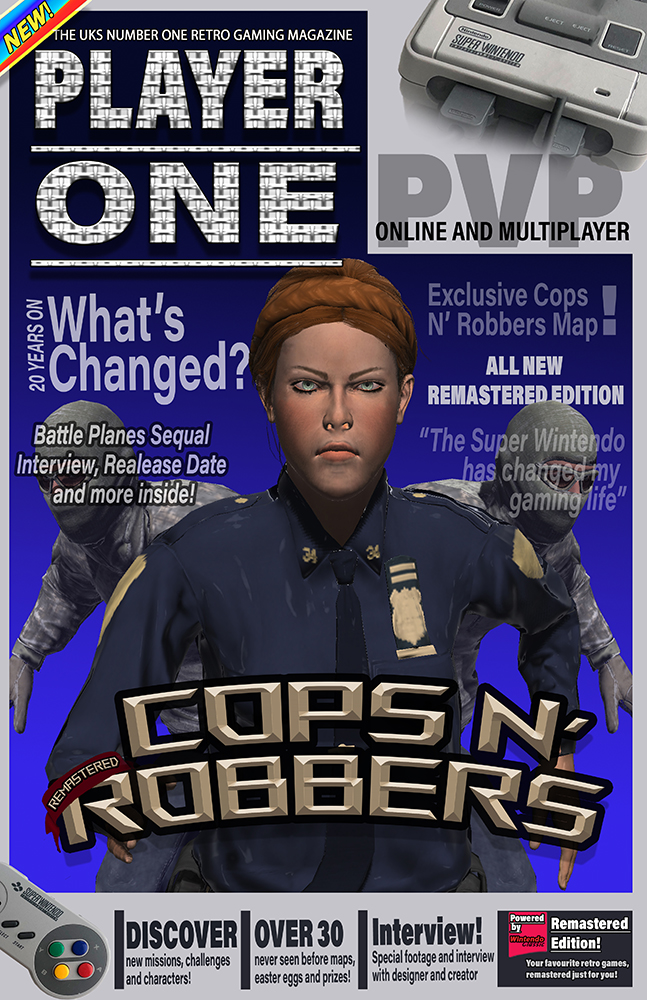
Contents Page –
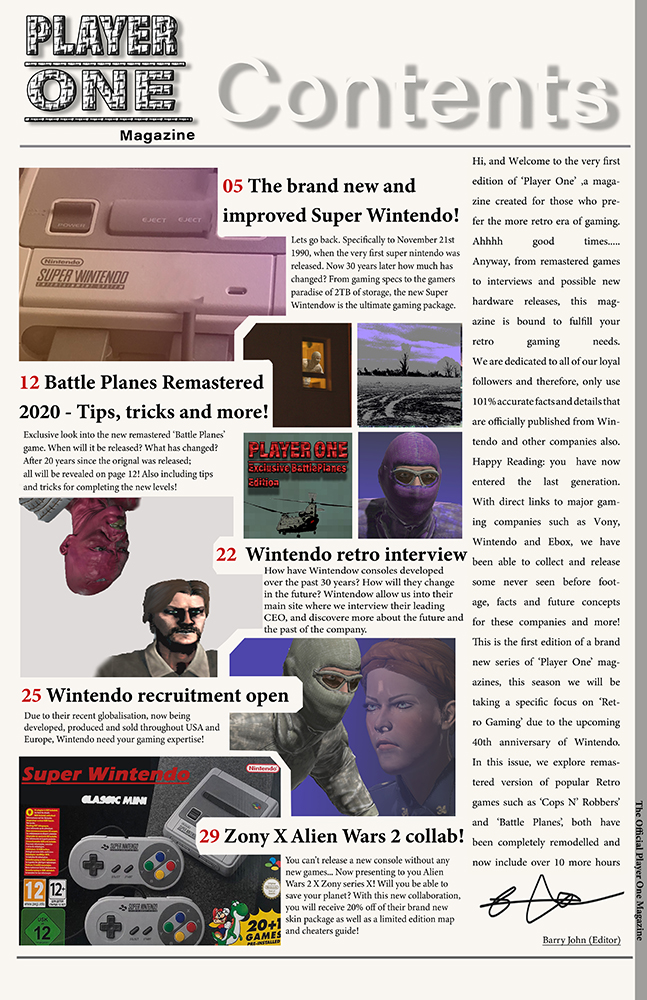
Double Page –
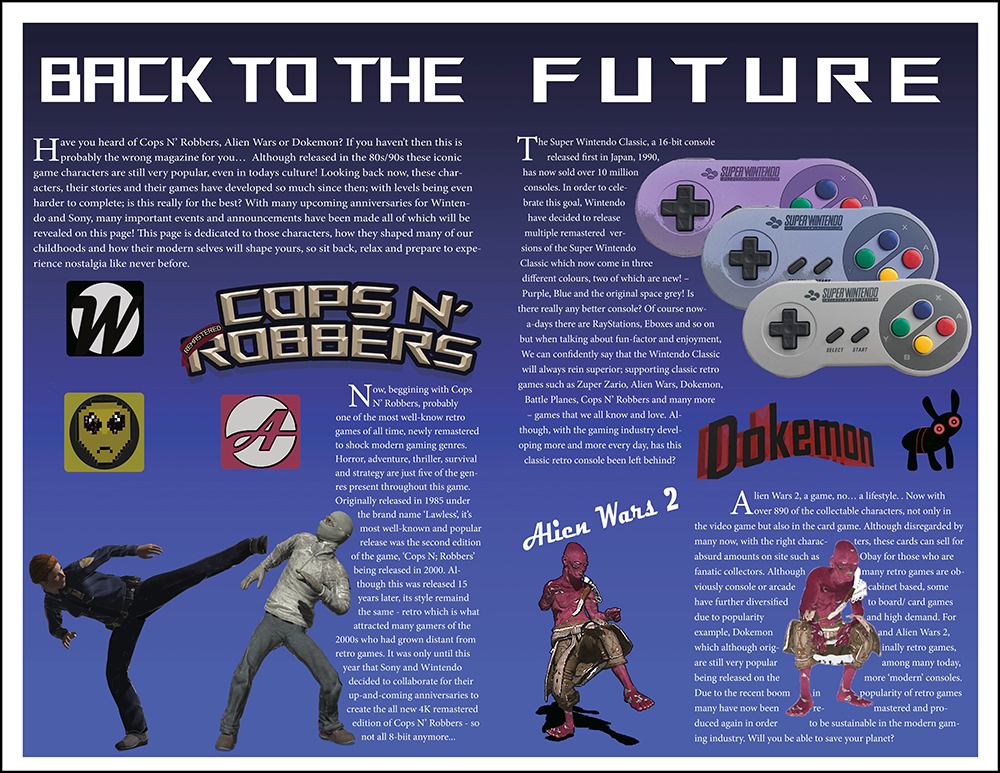
Ad 1 –

Ad 2 –
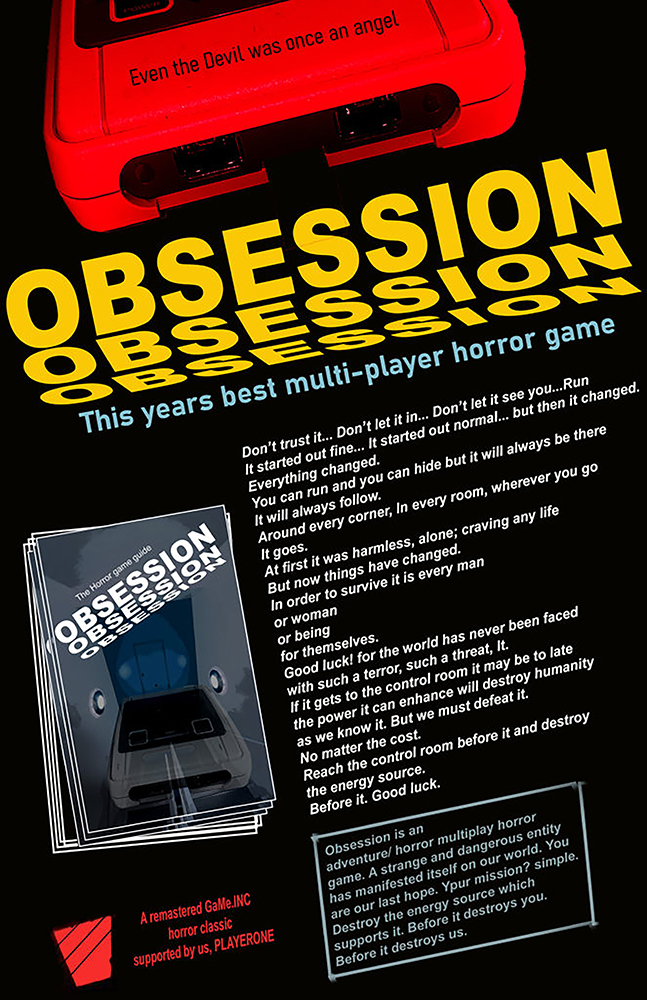
Ad 3 –

Statement of intent
For my NEA I will be completing the second brief; aiming to produce a front cover, double page spread, contents page and three adverts for the gaming genre. My ideas will be influenced by a selection of already-produced gaming magazines that share similar codes and conventions to the ones I wish to use to attract a certain demographic. My magazine is predominantly aimed at a younger audience of 12-15 years. I aim to produce a product that is attractive and inclusive of all genders as this would likely increase circulation of my product as well as profit; many gaming-based products are targeted at a male audience. Ideas proposed by theorists such as David Gauntlett; his theory on gender fluidity suggests that whilst in the past the media tend to convey singular, straightforward messages about ideal types of male and female identities, the media today offers us a more diverse range of icons and characters from whom we may influenced by, meaning that gender identity is less constricted, this is what I aim to achieve.
I aim to target this specific demographic as they are highly impressionable, as they are seen as ‘mainstreamers’ they are also more likely to follow popular trends, especially in areas such as gaming which allow for a form of escapism. As the form of gaming is presented in a physical, literacy-based form this product will also act as a device to reinforce and enhance their use of lexis and vocabulary. The style of language and register that I will use is a mix of colloquial and slightly more formal as I want the magazine to be professional and factual in relation to its contents. However, it should also be appealing to my target audience through the informal language; they would use in everyday life so that they can relate to it, using the magazine as a form of escapism, interlinking with the uses and gratification theory.
My product is also going to be highly influenced by ideas surrounding postmodernism – the idea that reality is not reflective in human understanding, but rather constructed by individuals based on their own collection of fragmented thoughts. Therefore, my product will reflect these ideas as it aims to influence the audience to construct their own opinions based on individual interpretation, also linking in with Habermas’s theory on the ‘Public Sphere’ whereby individuals can share individual thoughts and feelings globally without intervention from higher institutions such as government.
I will also use the san-serif font – ‘Acumin Variable Concept’ – an informal font would be more eye-catching to a younger audience who may want to rebel against formal customs that are dominant in more reactionary or ‘adult’ texts such as ‘The Daily Mail’. The font also act as anchorage for plugs as they will use similar styling. I also wanted to incorporate a retro theme to my magazine and used 8-bit characters and a tabloid size, similar to popular 80s magazines, with a width of – 27.94 CM and height of – 43.18 CM.
[Word Count = 500]
